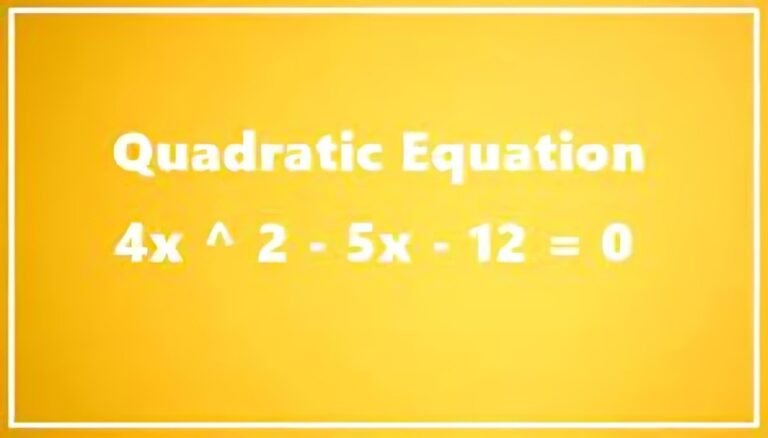
The formula x*x*x = 2 equations illustrates how numbers and symbols work together in mathematics, the universal language of science, to create intricate patterns and solutions. People have been enthralled with this field for a long time since it offers both challenging issues and shocking discoveries. In this post, we’ll embark on an intellectual quest to discover the mathematical mystery of “x*x*x Is Equal To 2.” We’ll delve into its intricacies, historical significance, and modern interpretations, shedding light on the fascinating field of algebra and calculus.
Understanding the Principles x*x*x equals two.
To understand the equation “x*x*x Is Equal To 2,” we must first understand the basic algebraic elements. Let’s break this equation down step by step to see what’s at its core.
It depicts the diagonal of a unit square, for instance.
The “x” The variable “x” is a versatile symbol in algebra that stands for an unknown value. Since it may represent any numerical value, mathematicians are free to explore a wide range of possibilities.
Multiplying with the asterisk (*)
In algebra, the multiplication operator is denoted by the asterisk(). When we encounter the sign “xx,” it denotes the result of multiplying “x” by itself, or “x^2.” This multiplication procedure is the essential idea of our equation.
Formula : The cubic equation “xxx”.
The cubic equation “xxx” can be represented as “x^3,” which is the result of multiplying “x” by itself three times. Cubic equations have a major role in the understanding of many different mathematical, physical, and engineering phenomena.
The right side of our equation contains the value of 2, which stands for the result we want. The search to find the value of “x” that completes this equation has fascinated mathematicians for millennia.
Once the equation is broken down into its component pieces, the real challenge lies in determining the elusive value of “x” that makes the equation “x^3 = 2” possible. This quest for “x” led to the discovery of irrational numbers, which shed light on the enigmatic nature of mathematical constants.
The intricacy of ∛2
Mathematicians immediately found that the cube root of two (∛2) is an irrational number. This finding revealed an important mathematical concept. If a number cannot be expressed as a simple fraction and has a non-repeating, non-terminating decimal expansion, it is irrational.
It’s amazing how many distinct places in the natural world have a value of ∛2. It depicts the diagonal of a unit square, for instance. The elegant way that this equation, “xxx = 2,” relates mathematics to reality.
The Ancient Greeks’ Pioneering Attempts
The ancient Greeks were among the first societies to solve the riddle “x*x*x Is Equal To 2.” Their tireless pursuit of a solution to this problem laid the groundwork for subsequent developments in mathematics. Their contributions to geometry and algebra have influenced modern mathematical concepts for a long time.
When Numbers Are Irrational
A pivotal moment in the annals of mathematics occurred when ∫2 was recognized as an irrational number. It ultimately improved our understanding of numerical systems by disproving the commonly accepted belief that all numbers could be expressed as fractions.
Modern Explanations
“x*x*x Is Equal To 2” still holds true in the context of mathematics today and promotes debate and original thought.
Comparing Real and Imaginary Numbers
The equation “x*x*x Is Equal To 2” blurs the lines between real and imaginary integers. This intriguing intersection highlights the complexity and diversity of mathematics and inspires mathematicians to explore new frontiers.